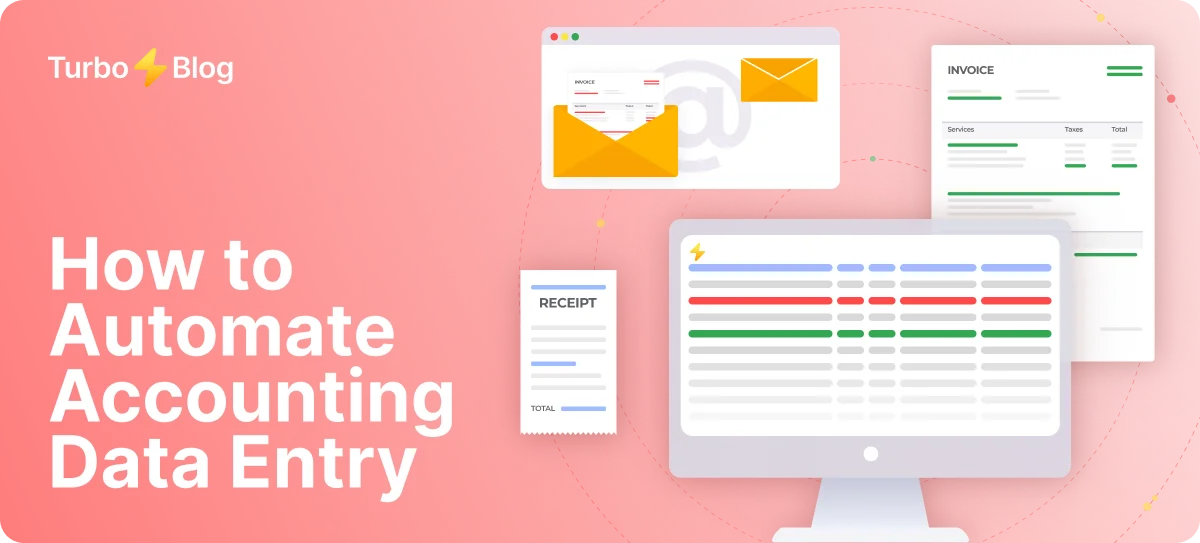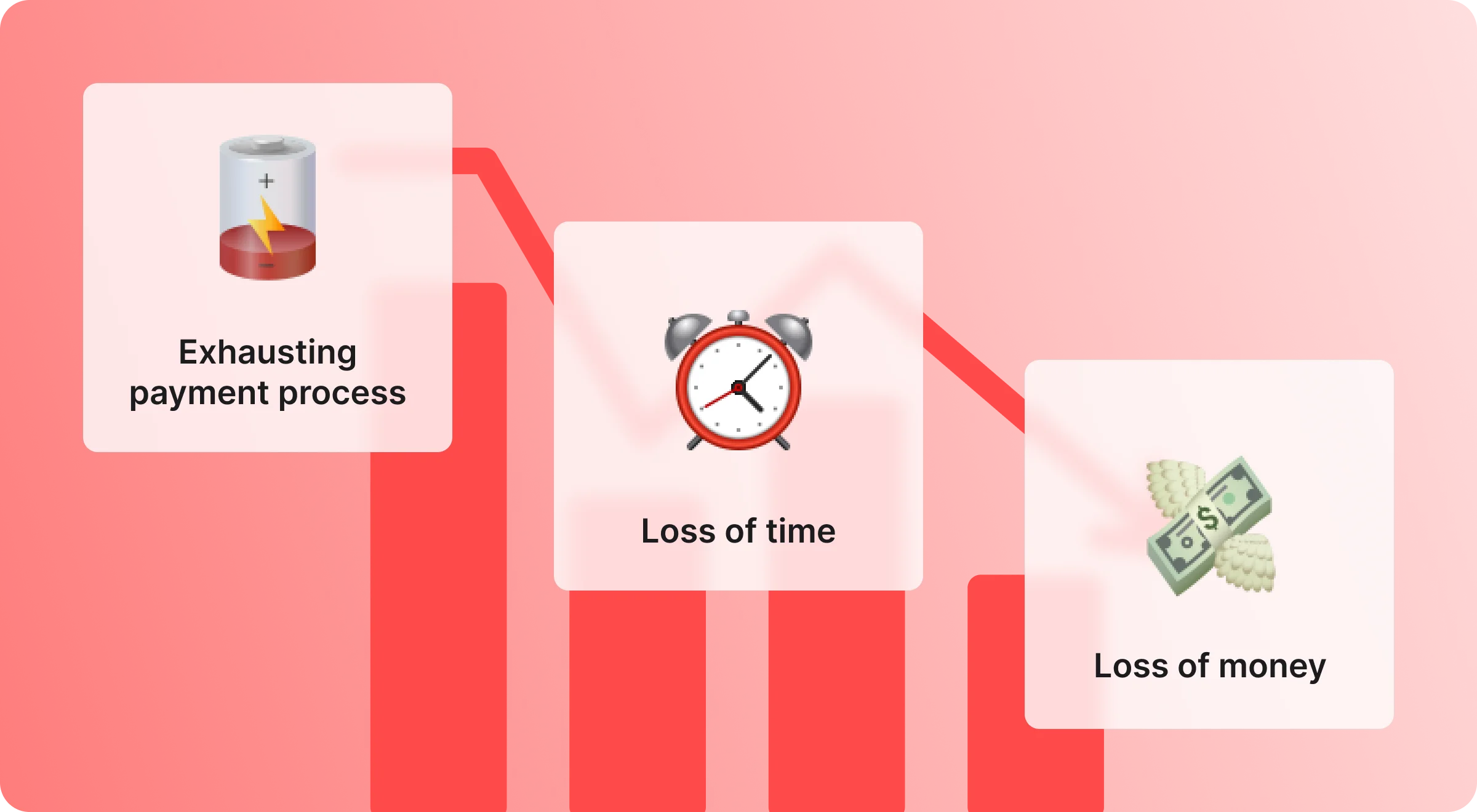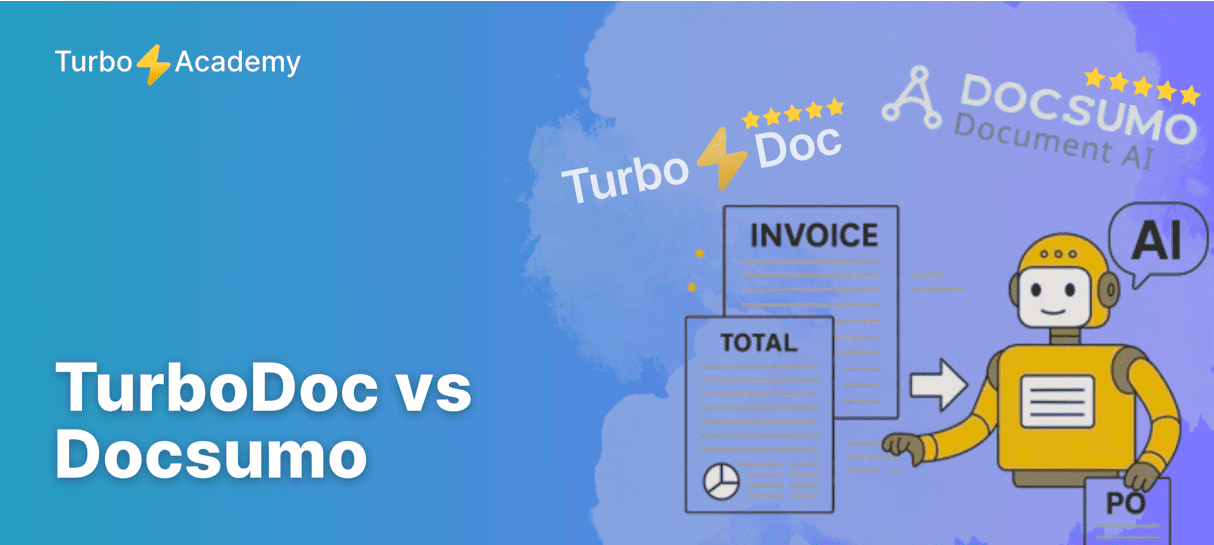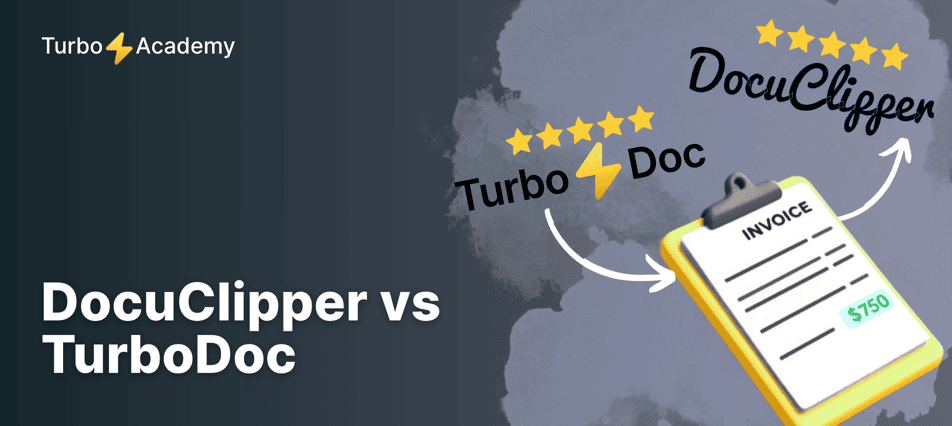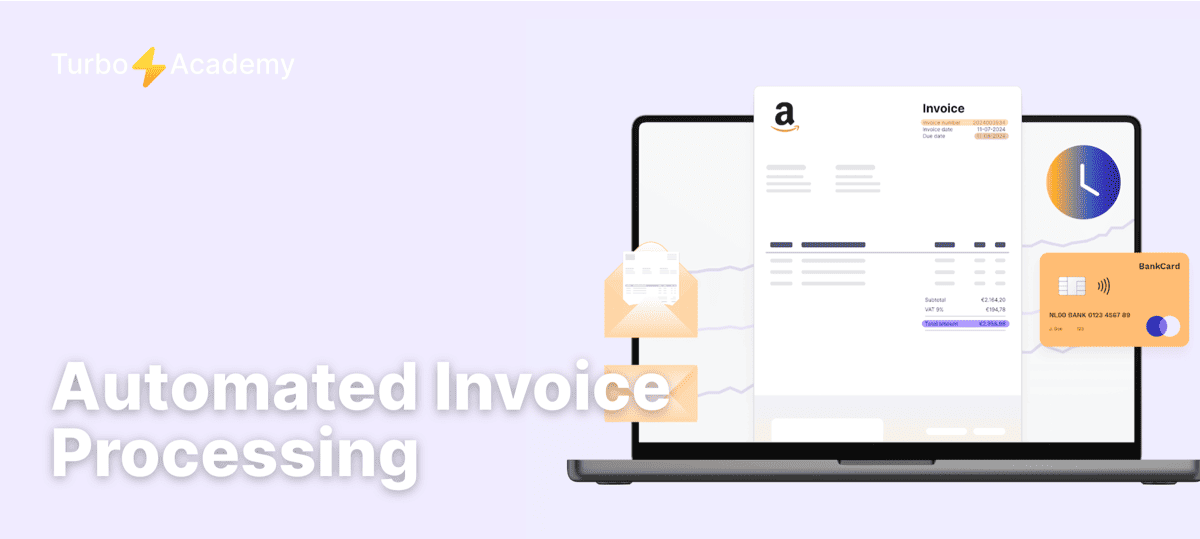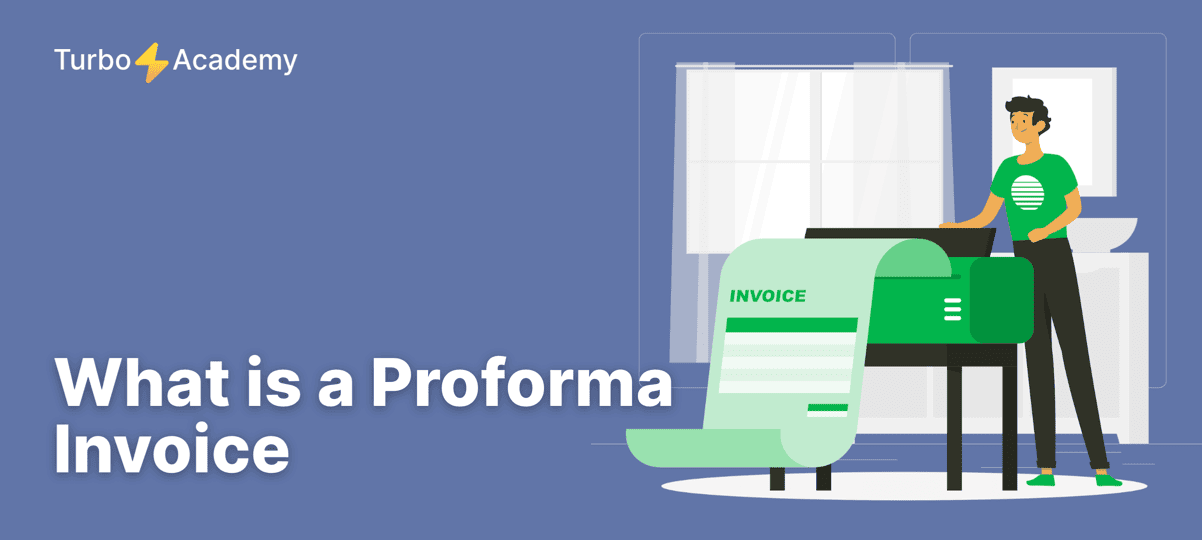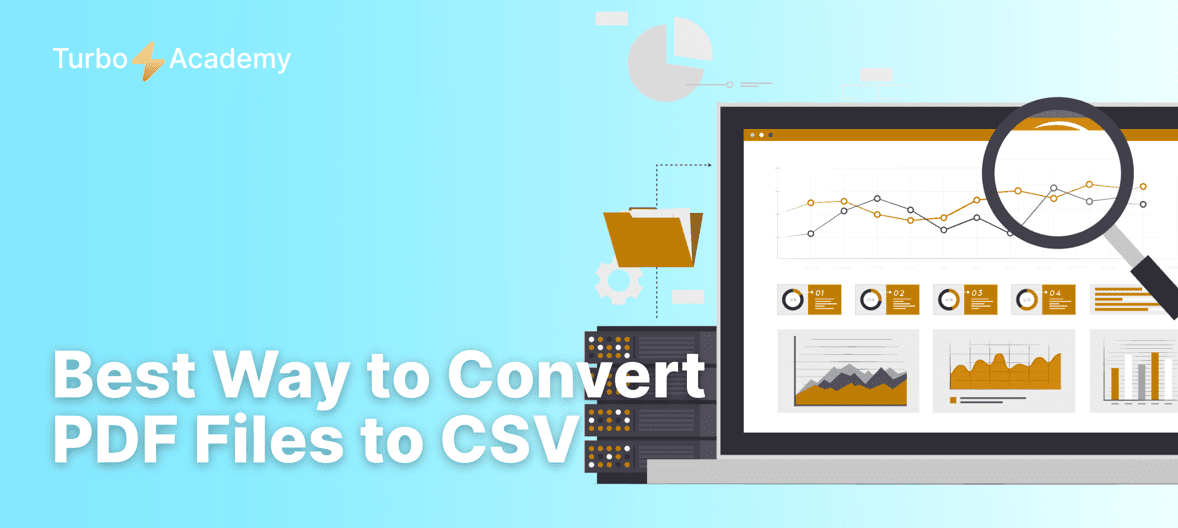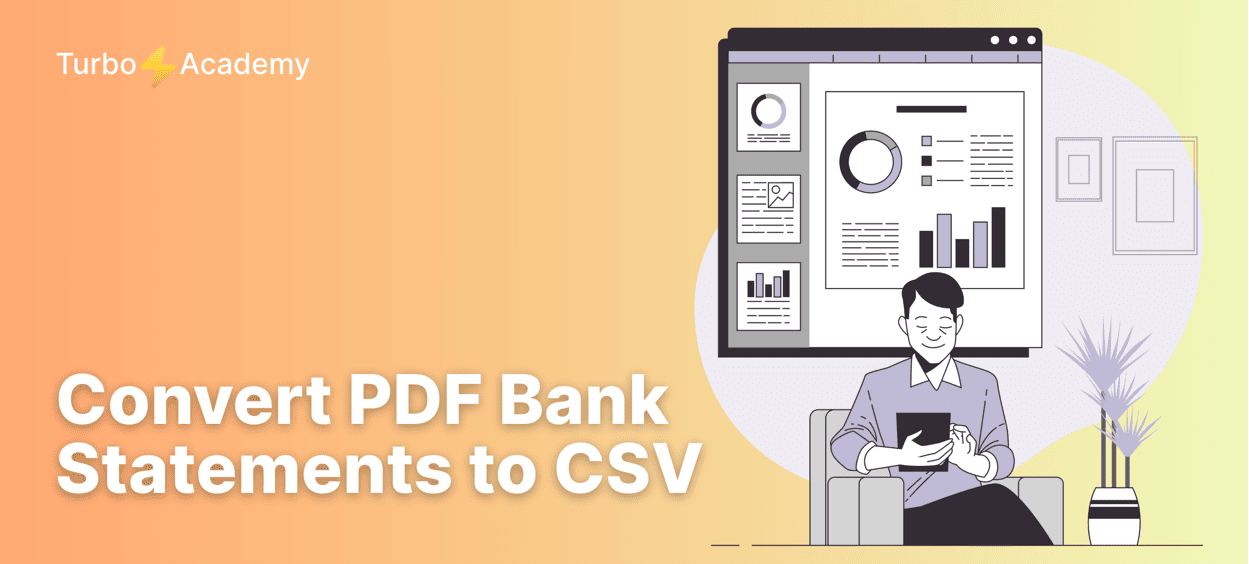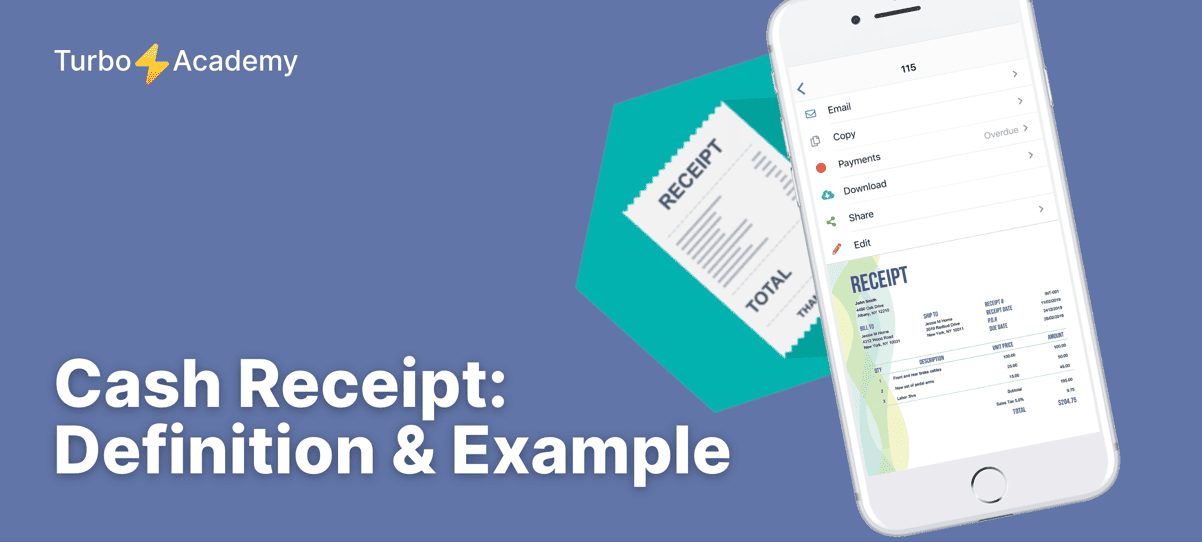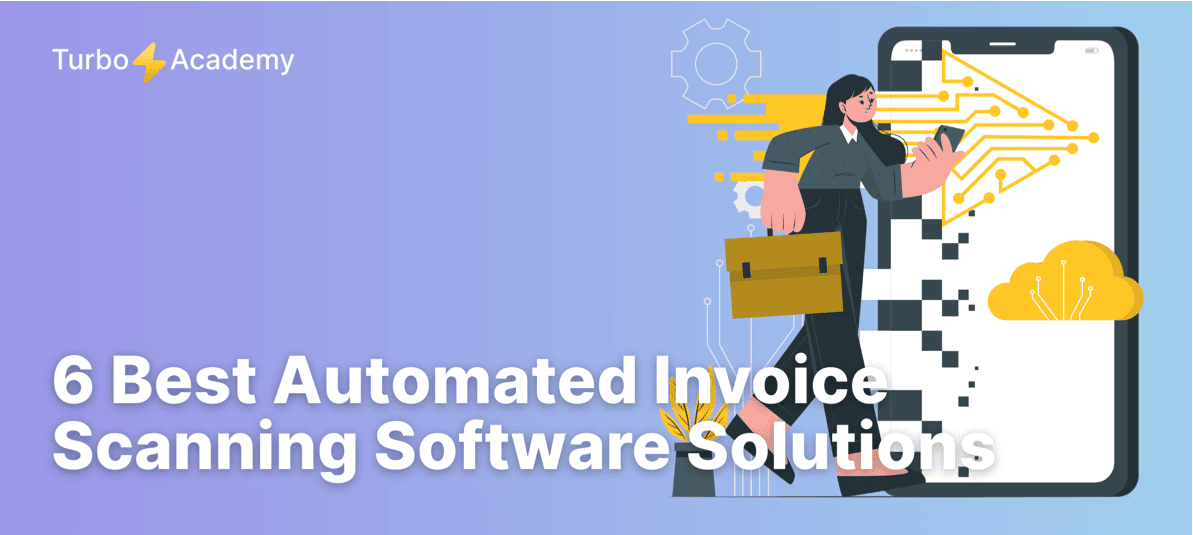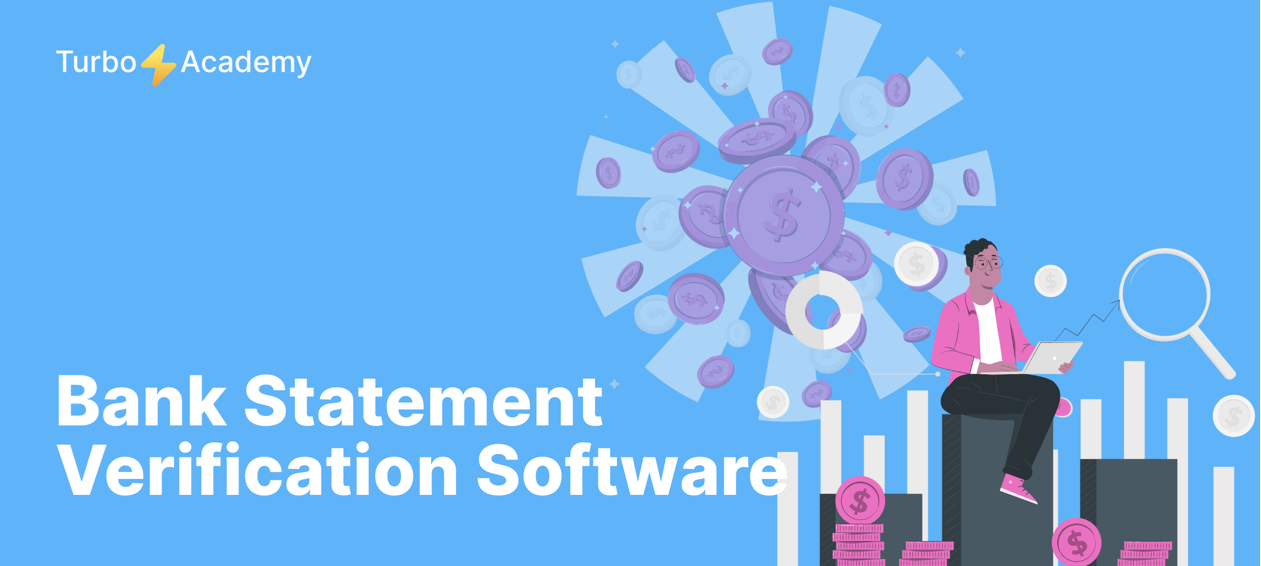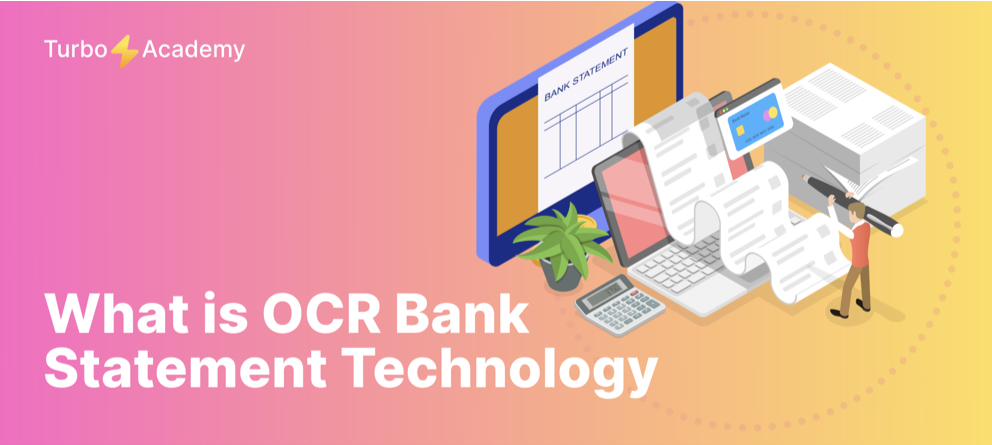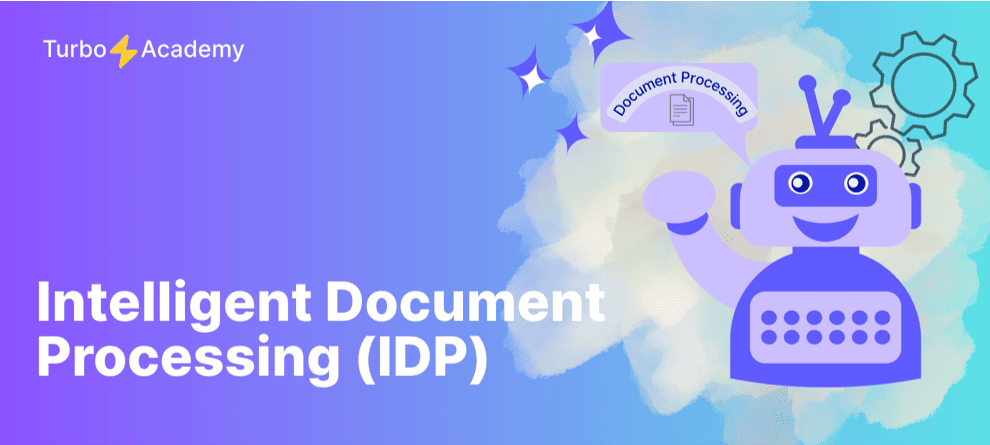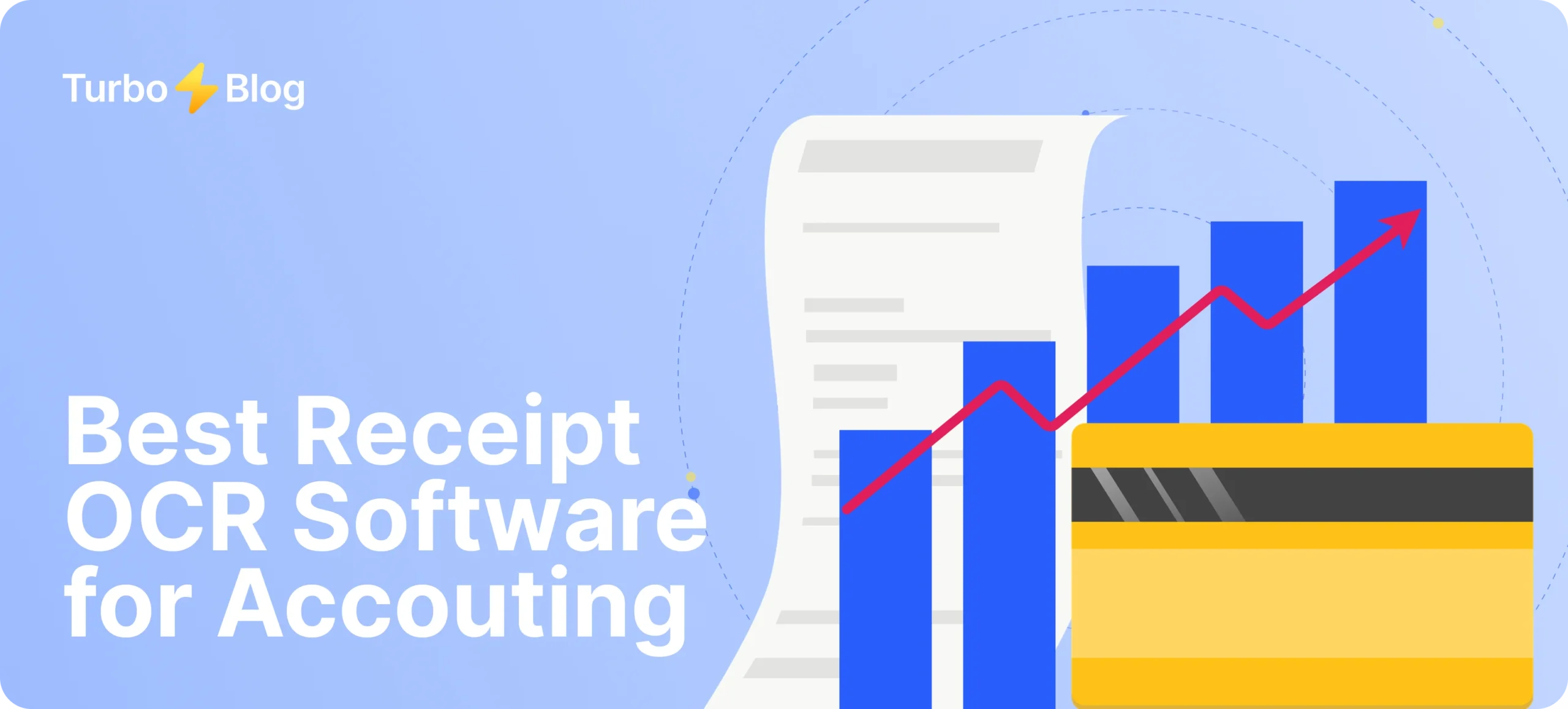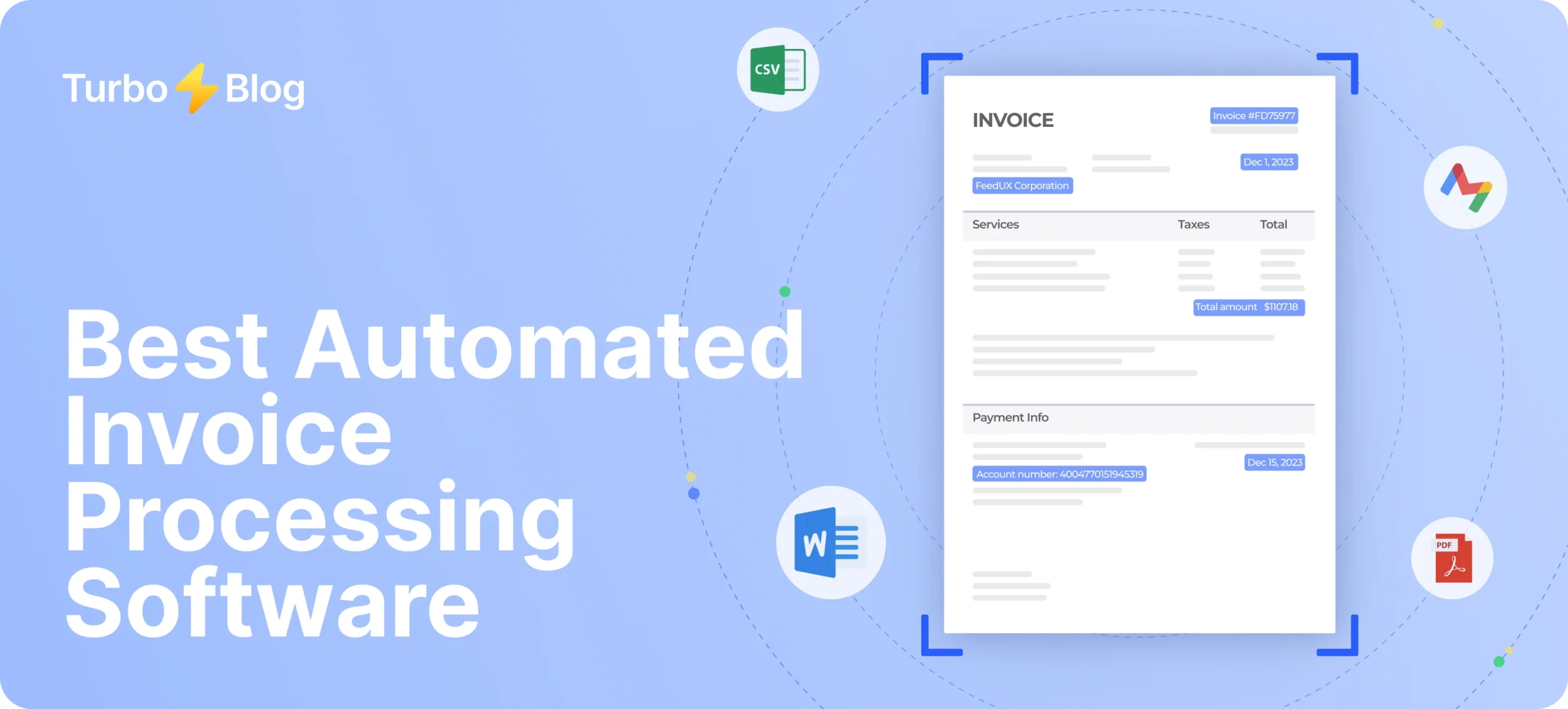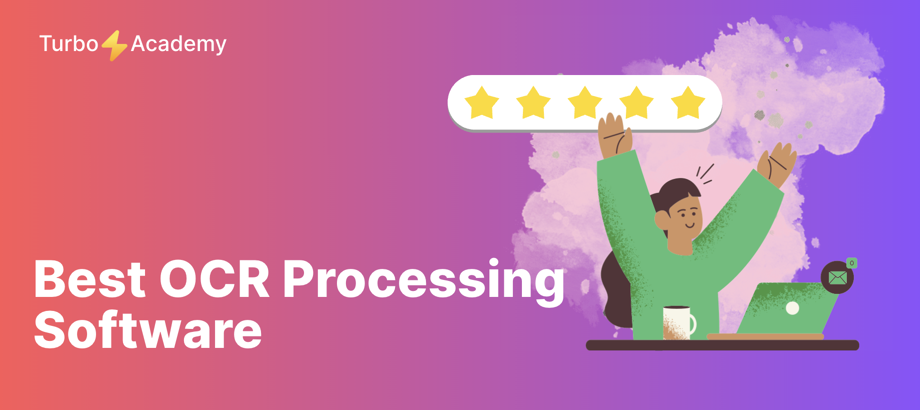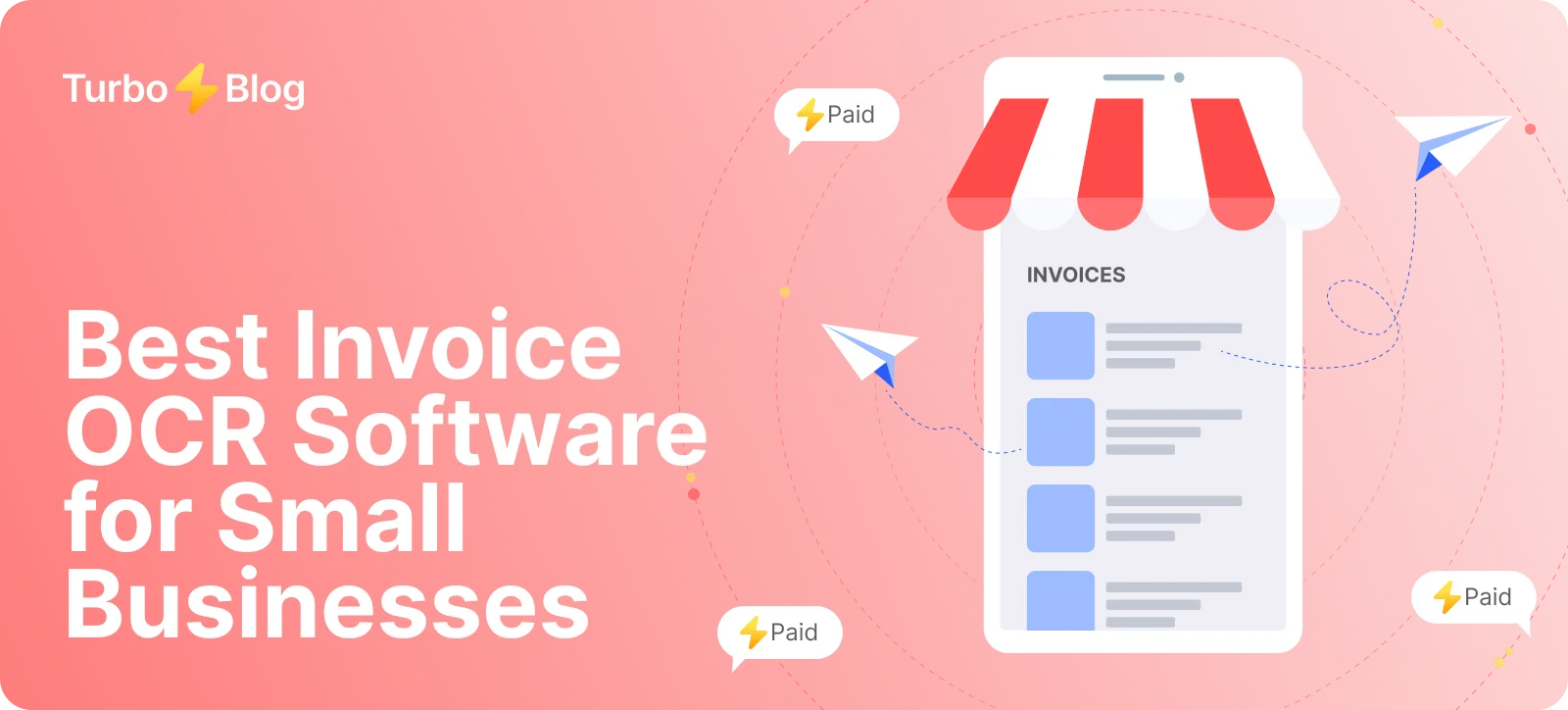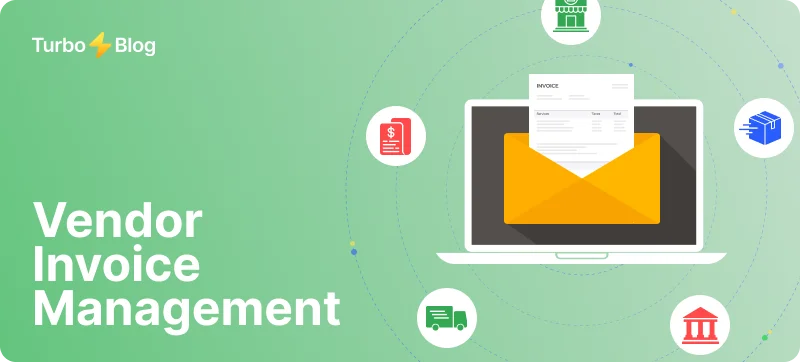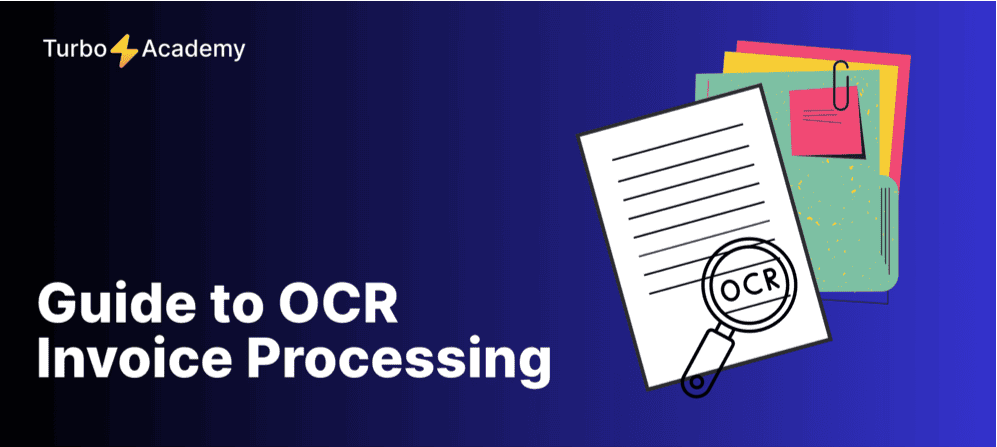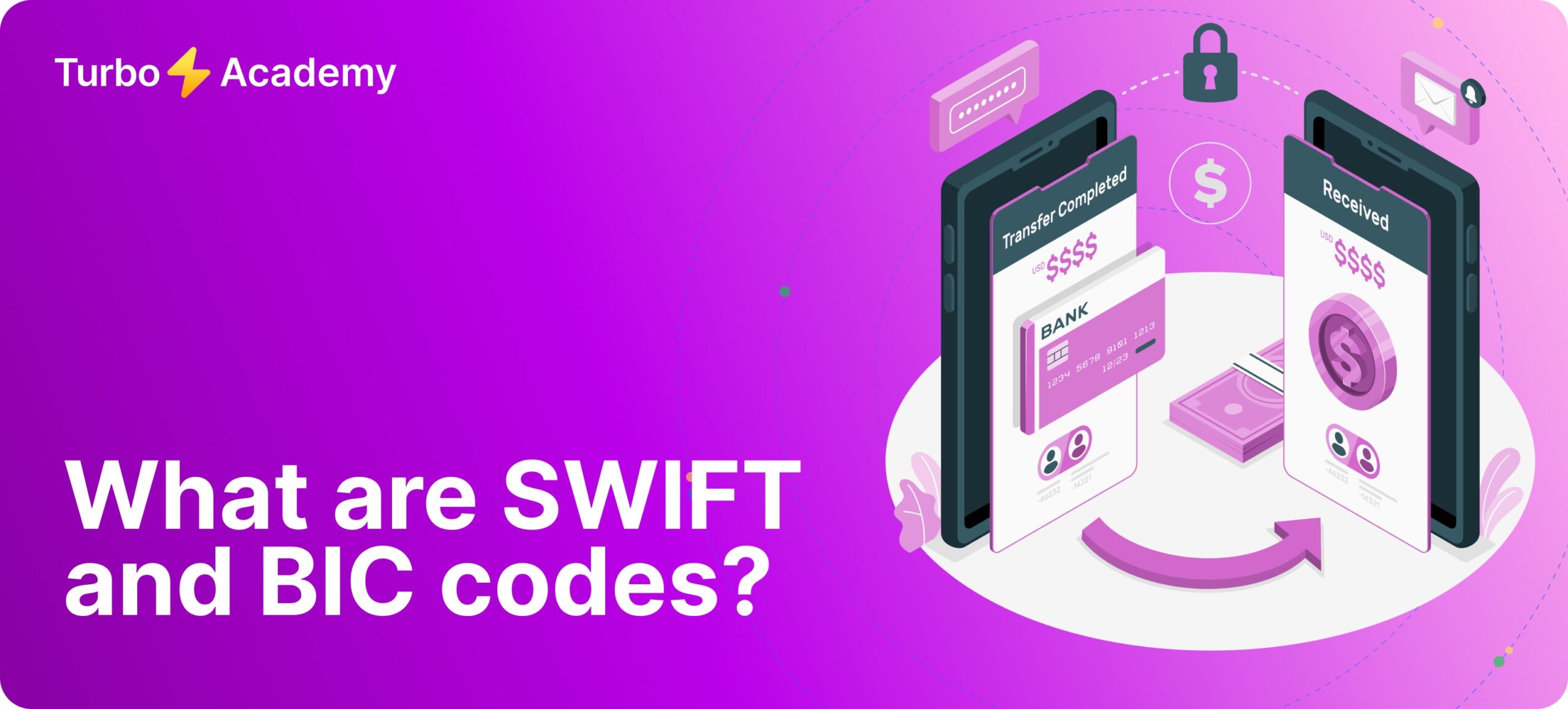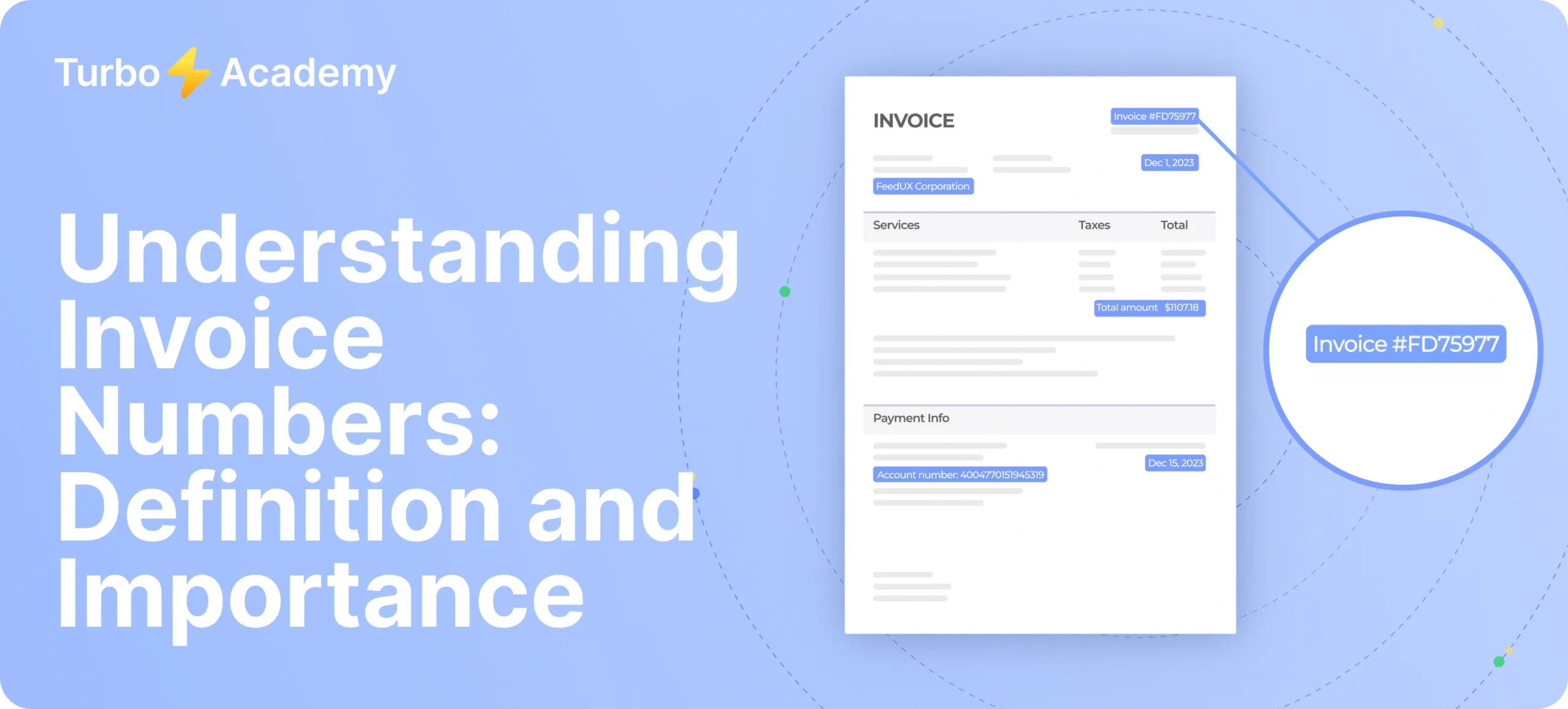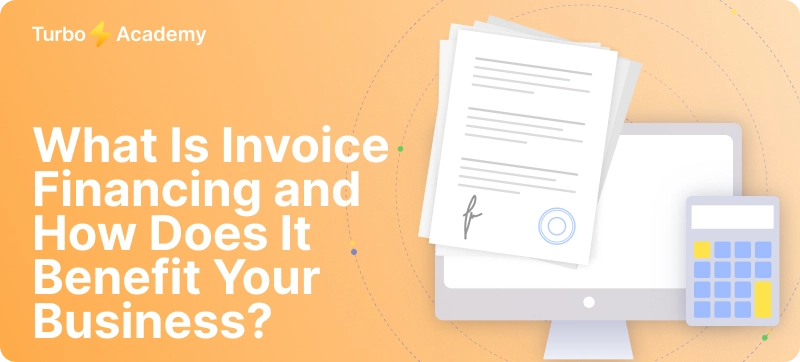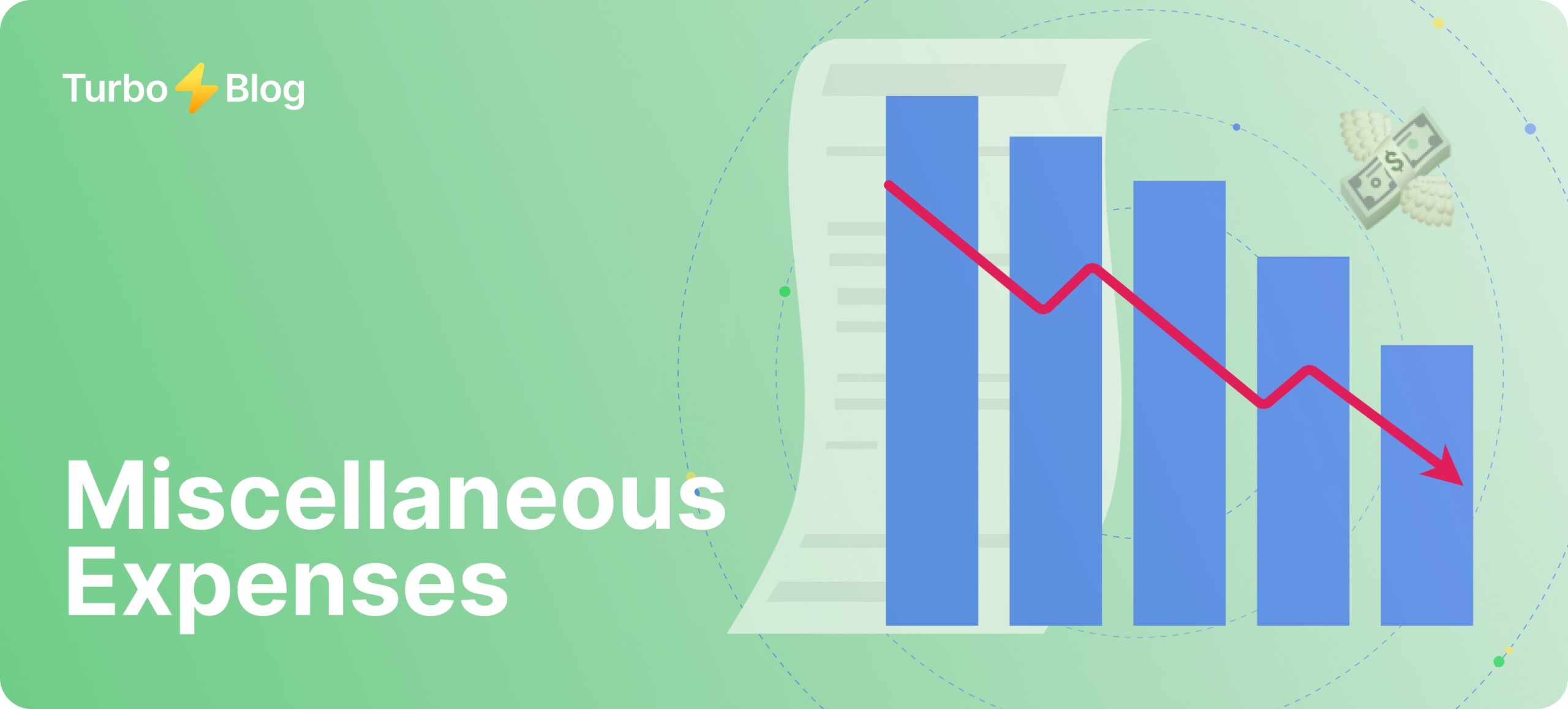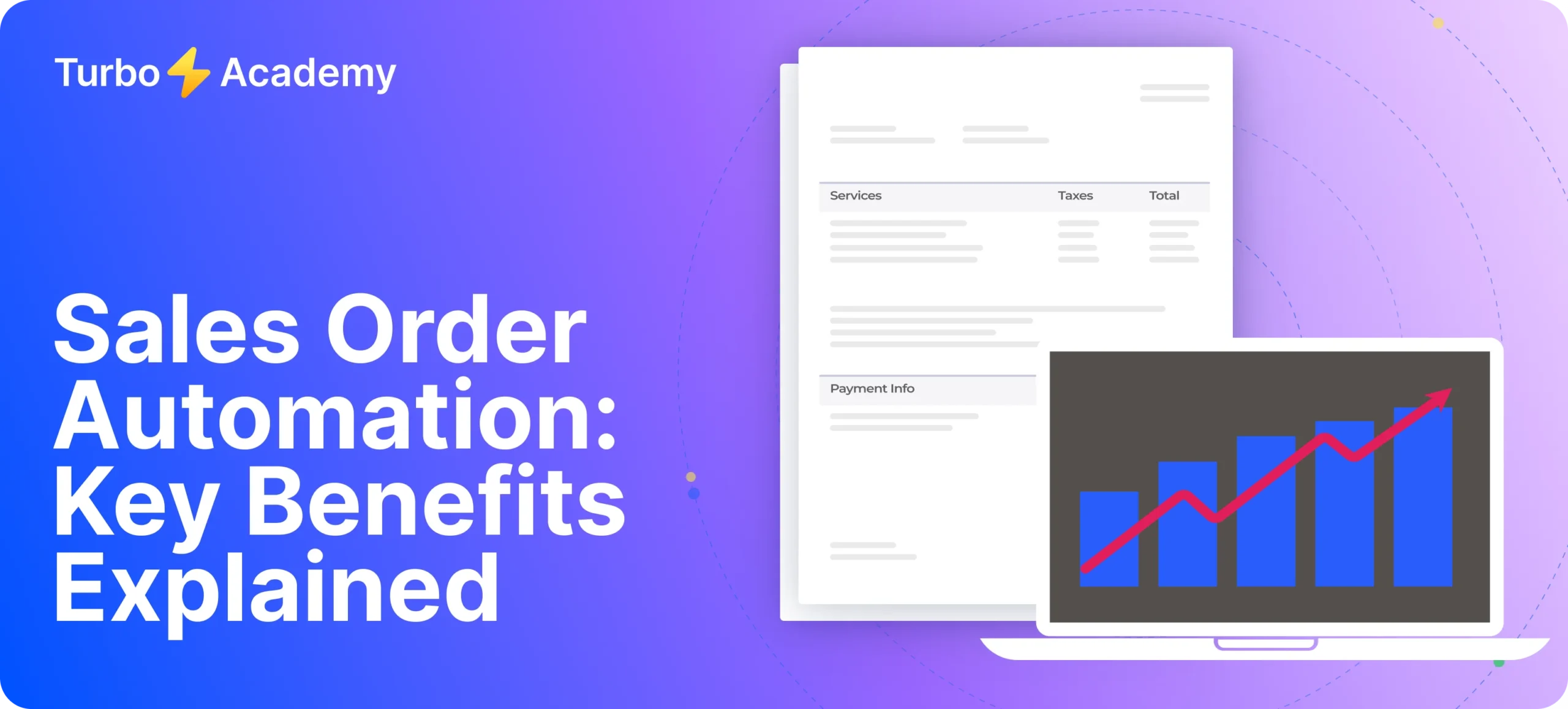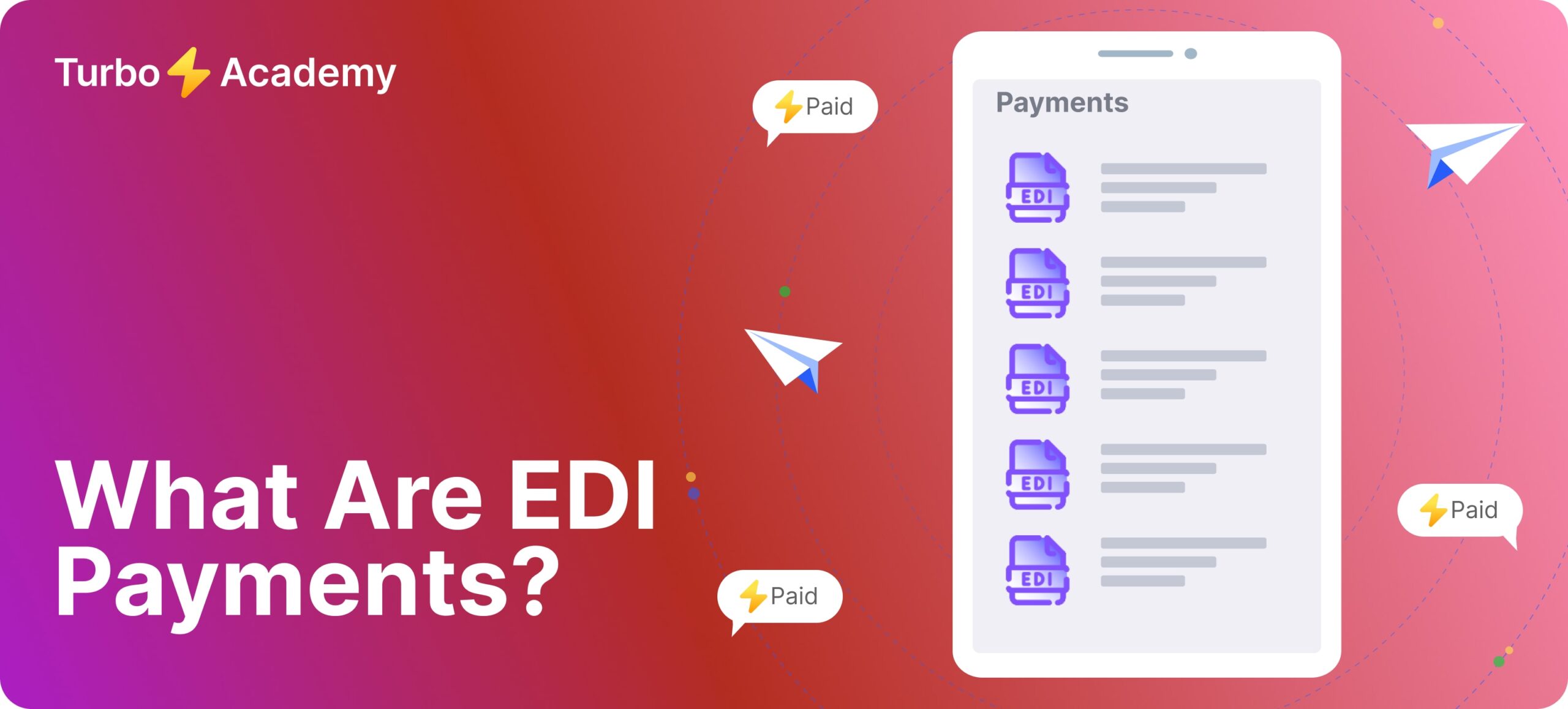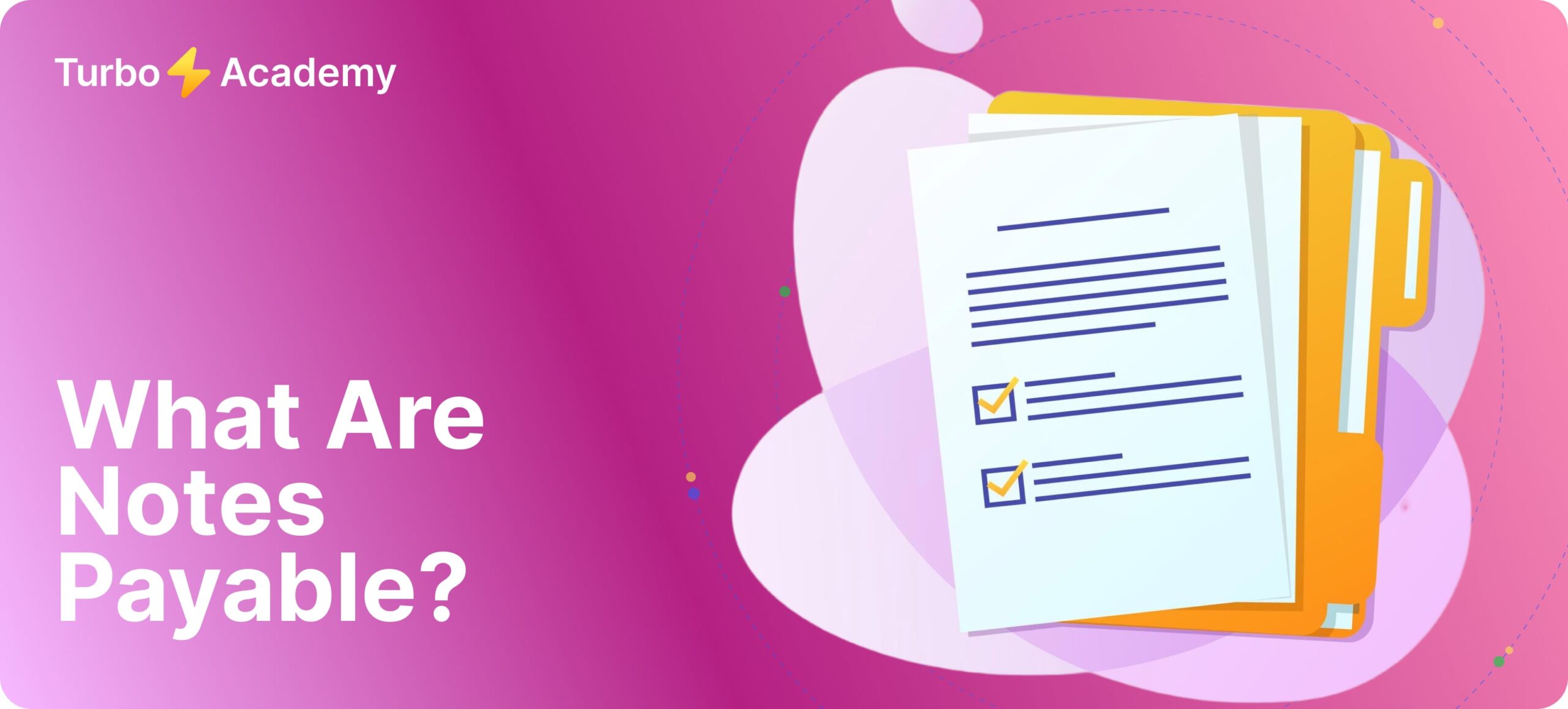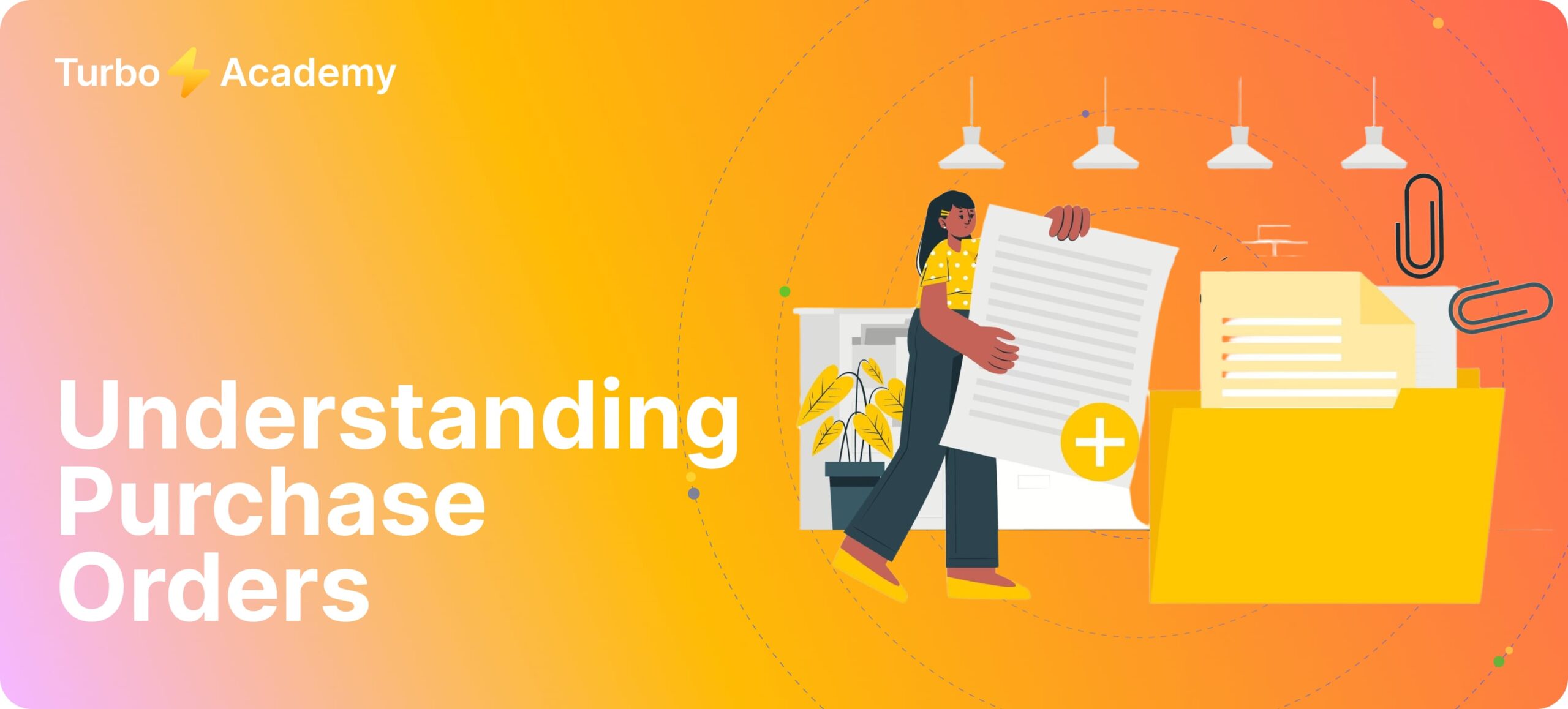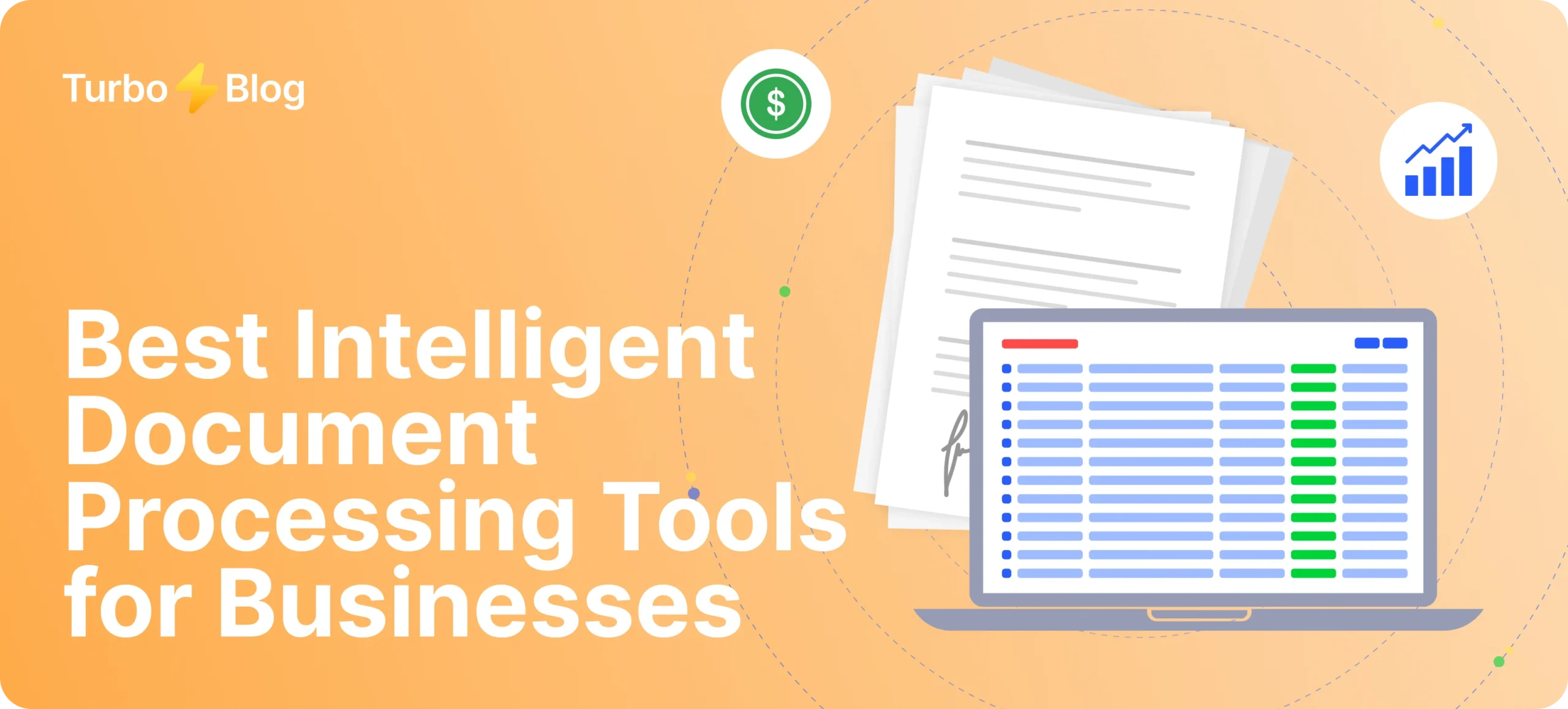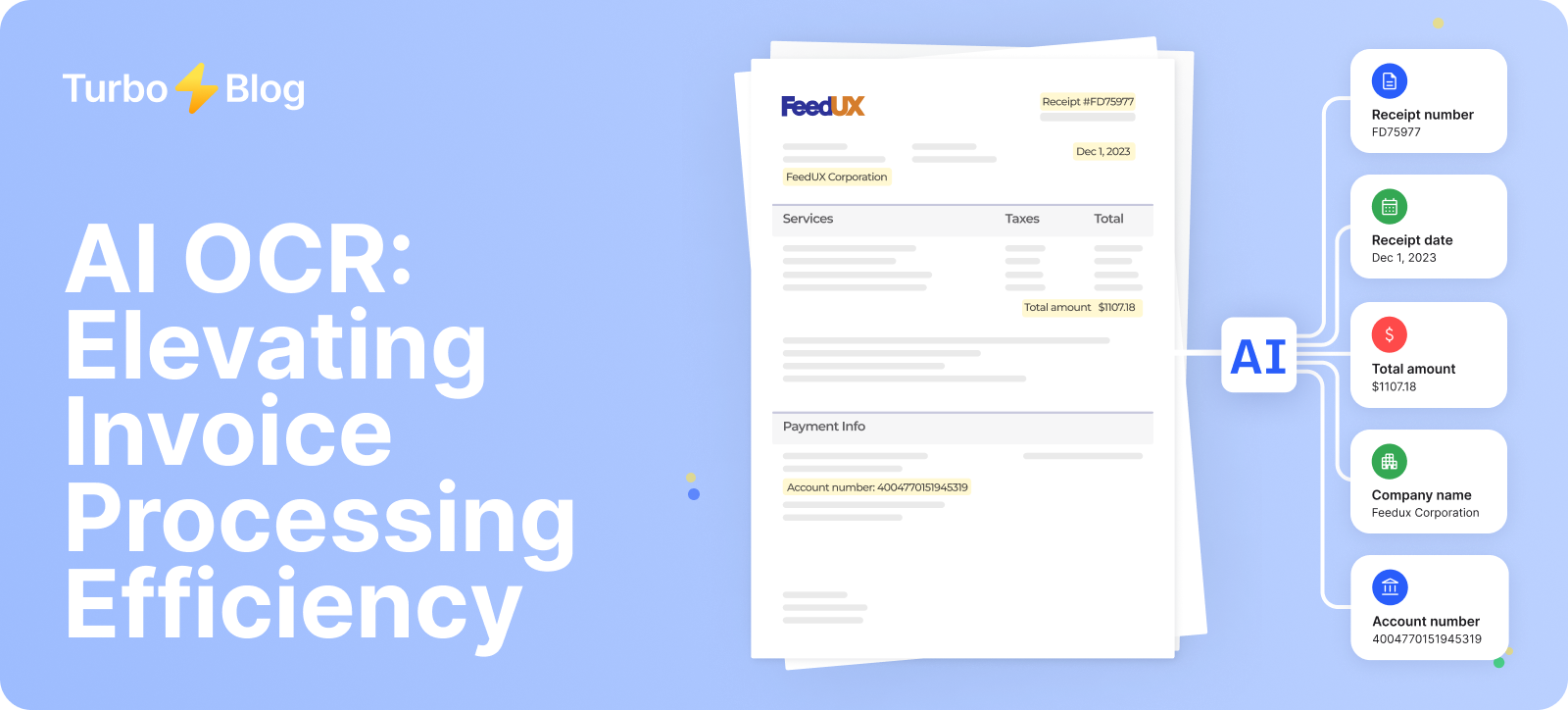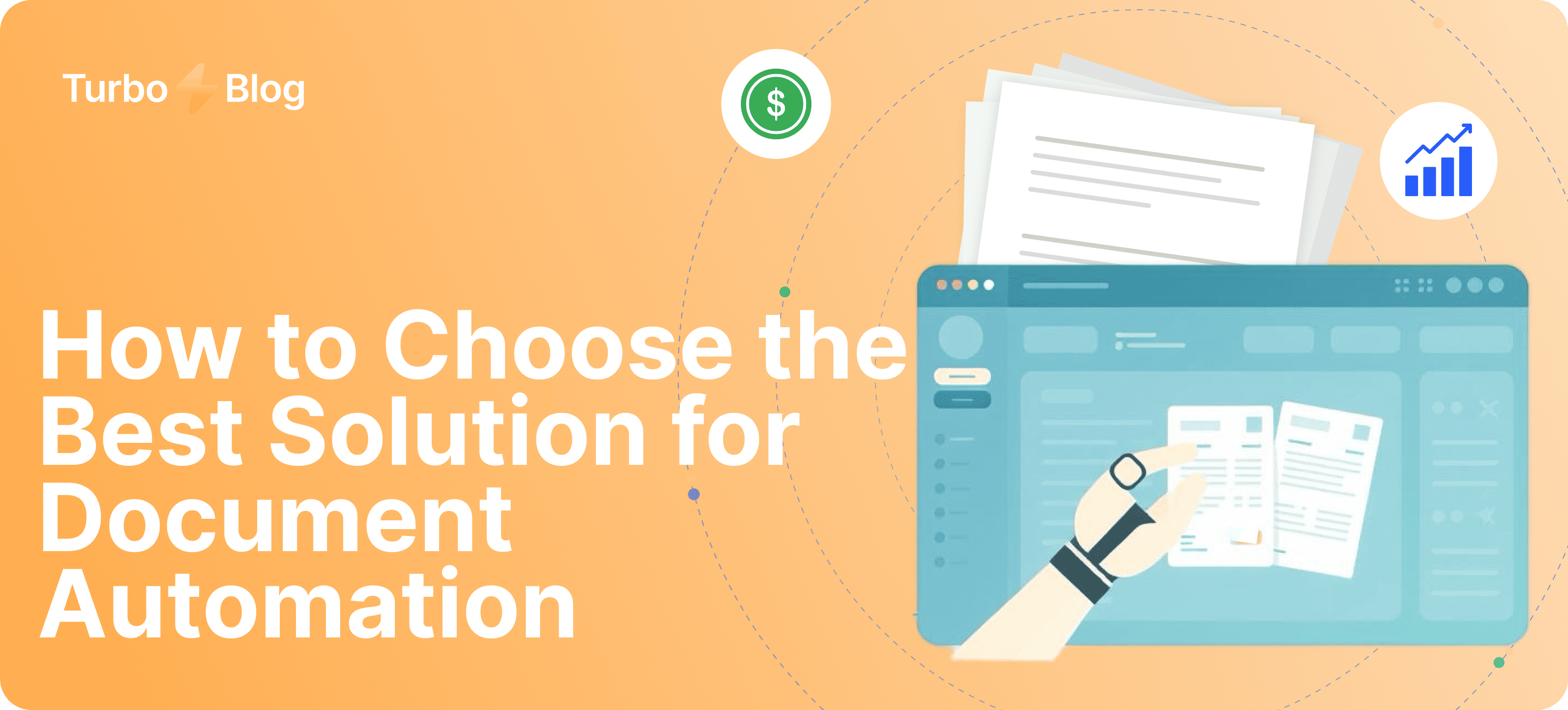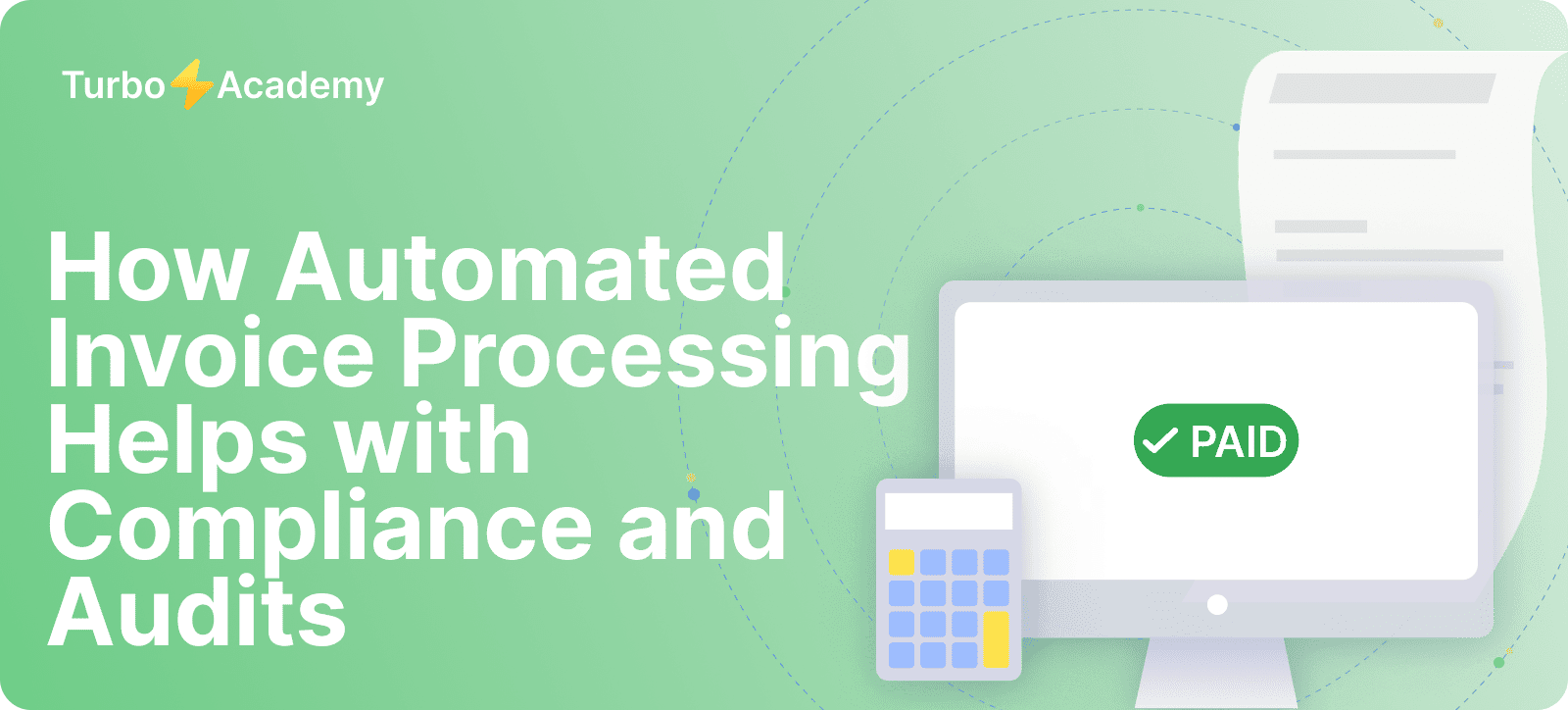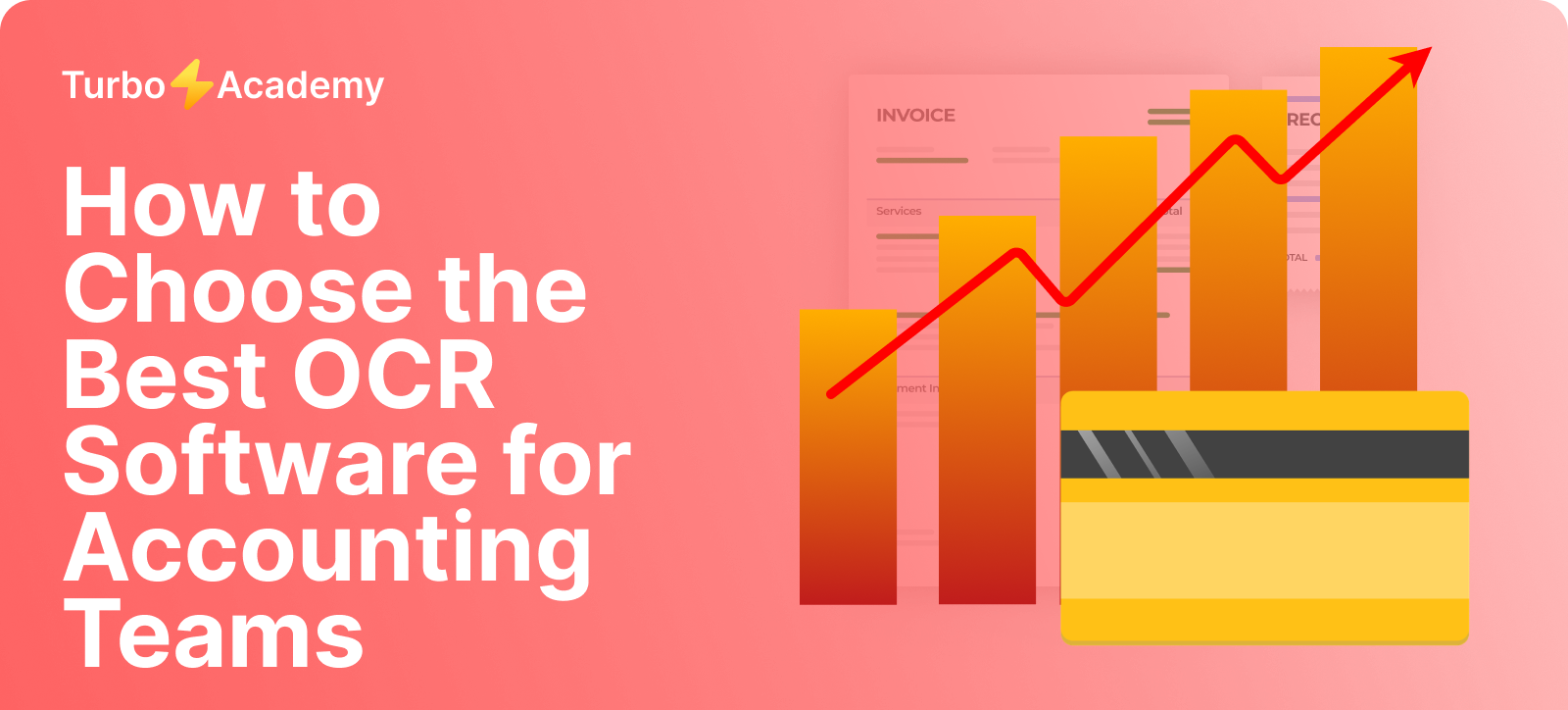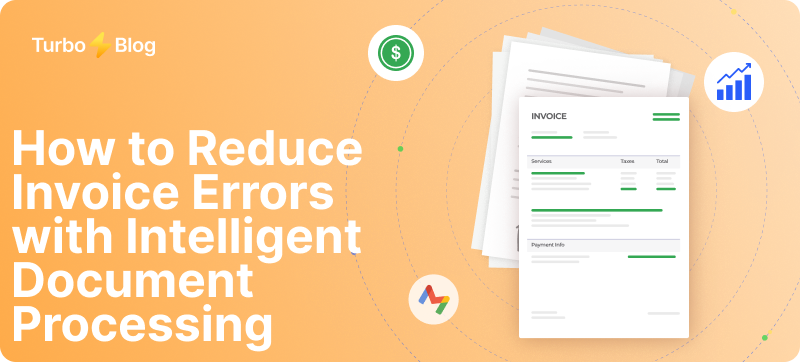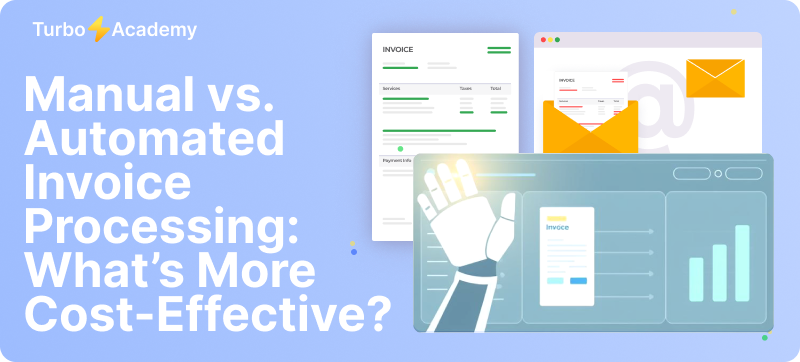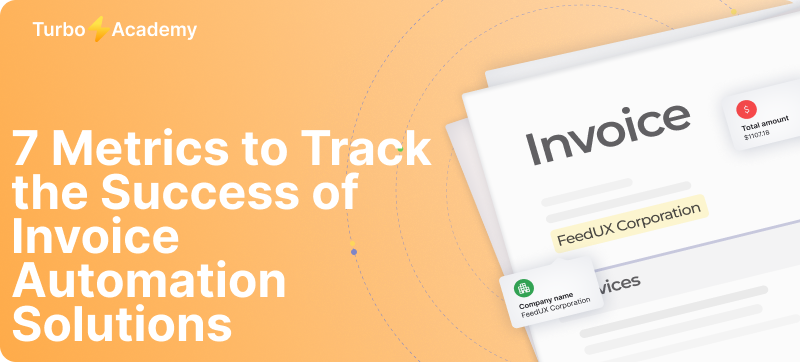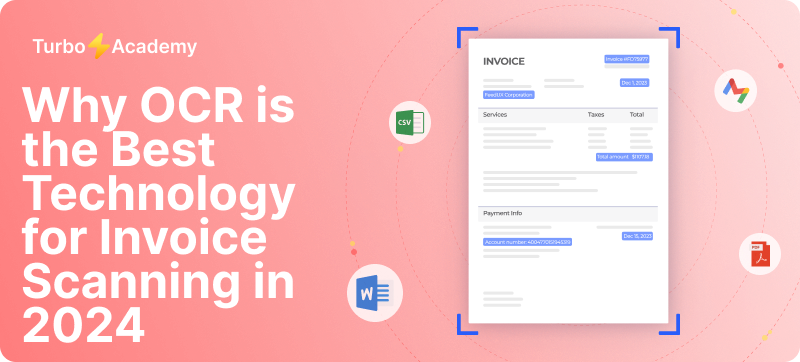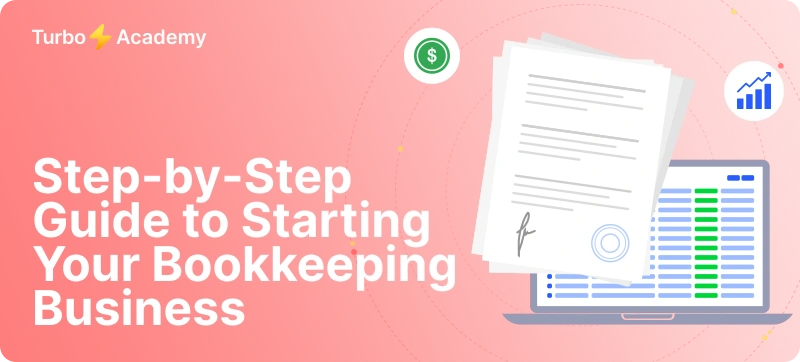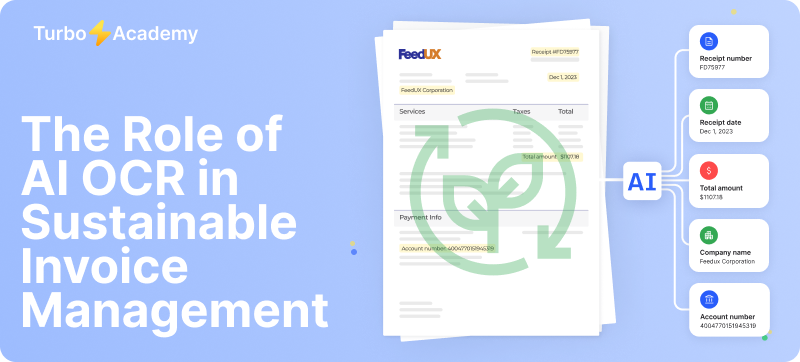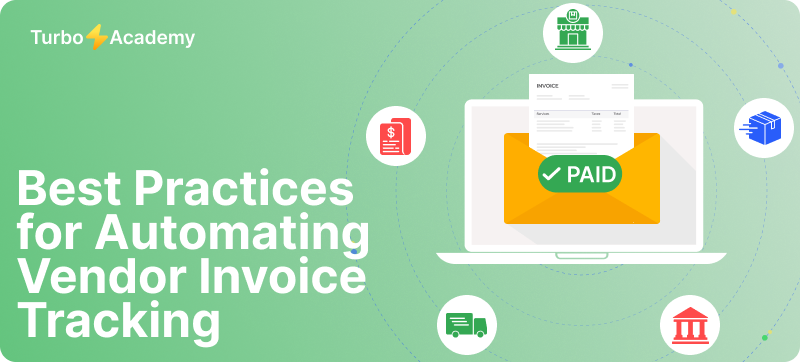What is automated data entry?
Automated data entry means using tools like Optical Character Recognition (OCR) to automatically input data without manual typing. Manual data entry involves repeatedly inputting information, often prone to errors and slower in execution. Automated data entry ensures high accuracy and efficiency, empowering businesses to maintain control over processes and data quality while enhancing productivity and speed. Data entry software simplifies data input by automating tasks like capturing, categorizing, and extracting information from documents such as invoices and receipts. Across industries, businesses rely on data entry software for efficient information storage and payments processing.
Challenges for accountants in manual invoice and receipt data entry
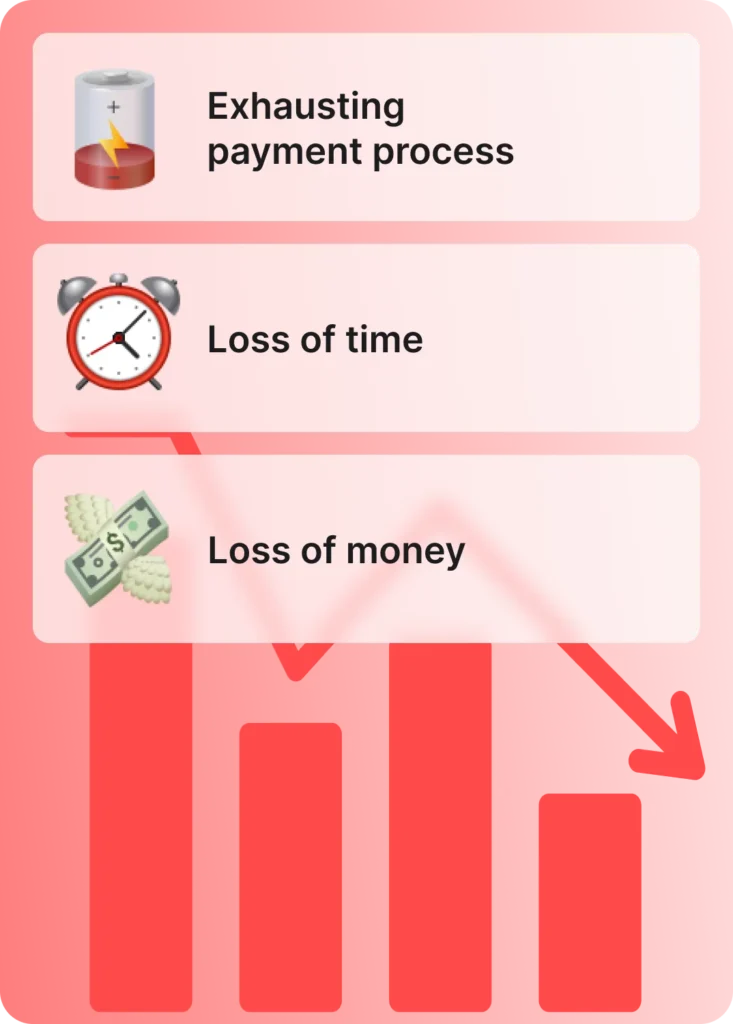
Exhausting payment process
- Repetitive and time-consuming tasks involved in manual processing, such as extracting important fields and coordinating payments with multiple stakeholders.
- Requires significant effort and coordination, leading to exhaustion and inefficiency.
Loss of time
- Invoices come in various formats, making manual data extraction lengthy and inefficient.
- Time-consuming processes detracts from more strategic and high-value tasks, reducing overall productivity.
Loss of money
- Manual data entry is error-prone, resulting in missing or incorrect information on invoices.
- Human errors lead to financial losses for the business, impacting profitability and accuracy of financial records.
Automate document processing with TurboDoc
Recognize invoices, contracts, and forms in seconds. No manual work or errors.
Try for free!



How automation of data entry helps businesses
- Better Data Security: Automated systems make data safer, protecting sensitive information and following privacy rules.
- Easier Access to Data: Processing and storing everything in one place helps people find information quickly, so decisions are made faster and teams can work together better.
- Faster Workflows: Automation speeds up tasks, making everything run smoother and getting things done quicker.
- Instant Reports: Special tools give instant feedback on how things are going, helping make decisions faster and improve over time.
- More Work Gets Done: By automating tasks, teams can focus on important work, and everything gets done faster.
How to choose AI tools for accounting
Here are the must-have features in data entry software:
- Advanced AI Capabilities: Choose software that learns and improves over time for better accuracy and efficiency.
- Low-Code/No-Code Environment: Simplified customization without heavy reliance on IT resources, making implementation faster.
- Intuitive User Interface: Easy-to-use interface for seamless navigation and minimal training needs.
- Multi-Format Data Recognition: Ability to handle various data types like email, PDF, Excel, and paper documents.
- Integration with ERP and Company Systems: Seamless integration with existing systems for smooth data flow and compatibility.
Automate data entry with TurboDoc
Automating data entry is easy with TurboDoc, an advanced optical character recognition (OCR) tool powered by AI. Our cutting-edge software streamlines the processing of invoices and receipts, eliminating the time-consuming and error-prone manual handling of documents. TurboDoc offers a user-friendly interface and operates in a no-code environment, making customization simple without burdening your IT team.
- Rapid Data Extraction: Averages just 1.2 seconds per page.
- Versatile Format Handling: Processes invoices and receipts in various formats, eliminating the need for dedicated departments.
- Reliable Performance Guarantee: Ensures 100% reliability, allowing businesses to reclaim valuable time.
- Enhanced Accuracy: Achieves a 96% accuracy rate, significantly reducing manual entry errors.
- Streamlined Accounting Workflows: Simplifies and enhances the efficiency of accounting processes. In a typical week, an accountant processes 75 invoices/receipts, spending 5 minutes on each. With our solution, the process is twice as fast, saving you over 3 hours per week on invoice/receipt processing.
Manual processing causes several problems
Automate document processing with TurboDoc
Recognize invoices, contracts, and forms in seconds. No manual work or errors.
Try for free!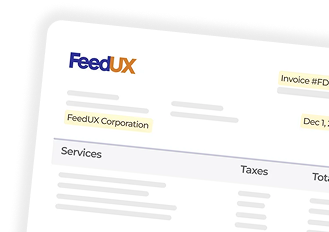
Exhausting payment process: Manual processing of invoices involves repetitive and time-consuming tasks, including extraction of important fields and coordination of the payment with several stakeholders. Automated software can handle many invoices at once, instantly providing the user with structured information that is easy to understand and process.
Long invoice processing: Invoices come through in all kinds of different formats. Manually extracting data from the diverse formats of invoices can be a very long and ineffective process, dedicating valuable employee time to manual invoice processing takes away from more strategic and high-value tasks. Businesses can boost productivity by using automation.
Loss of money: Manual data entry is prone to errors, leading to missing or incorrect information on invoices. Human data entry mistakes and inaccuracy can cause loss of money for business.
❓ Automating Accounting Data Entry — FAQs
How do I automate accounting processes?
Start by mapping your current workflows (documents, approvals, and systems). Standardize incoming formats, then deploy an automation platform like TurboDoc to capture data (OCR/AI), apply rules (matching, validation), route for approvals, and sync structured data into your ERP. Monitor KPIs and refine regularly.
How do you do data entry in accounting when automating?
Automation replaces manual typing with structured extraction: scan or import documents, use TurboDoc’s AI OCR to capture key fields (vendor, invoice number, amounts, dates), validate against POs or master data, and push clean records into the ledger. Exceptions are routed to humans for quick review.
Is there an AI tool for accounting?
Yes. AI tools combine OCR, machine learning, and business rules to automate data capture, reconciliation, and classification. TurboDoc is built for accounting teams — it extracts fields reliably, learns from corrections, and integrates with accounting systems to speed up bookkeeping.
Can ChatGPT do my bookkeeping?
ChatGPT can help with explanations, templates, policies, and Q&A, but it’s not an end-to-end bookkeeping system. For data capture, validation, and integration you need an automation platform like TurboDoc that connects to financial systems and enforces audit trails.
How do I automate the data entry process step-by-step?
Steps include:
- Inventory document types and fields
- Standardize filenames/ingestion points
- Configure TurboDoc capture and validation rules
- Map extracted fields to your accounting system
- Set approval workflows for exceptions
- Test with real invoices, refine models, and deploy
- Monitor metrics and retrain as needed
Can accounting be automated with AI completely?
Many routine tasks (data entry, matching, reconciliations, approvals) can be automated with AI. Complex disputes or policy decisions still need human oversight. TurboDoc maximizes straight-through processing while providing efficient exception handling.
How can I use ChatGPT in accounting alongside automation?
Use ChatGPT for non-sensitive tasks like writing SOPs, summarizing exceptions, generating help docs, or data interpretation. Pair it with TurboDoc for secure, auditable data extraction and system integration — they complement each other.
Can AI automate data entry into Excel?
Yes. AI platforms like TurboDoc can export structured data directly to Excel/CSV, or write into spreadsheets via API. That automates bulk uploads, reporting, and analysis without manual typing.
Is data entry easy to automate?
It depends. Clean, consistent, high-volume documents are easy to automate and yield fast ROI. Variable formats, poor scans, or handwritten notes increase exceptions. With TurboDoc’s adaptive AI, most organizations still achieve significant automation even with mixed inputs.
